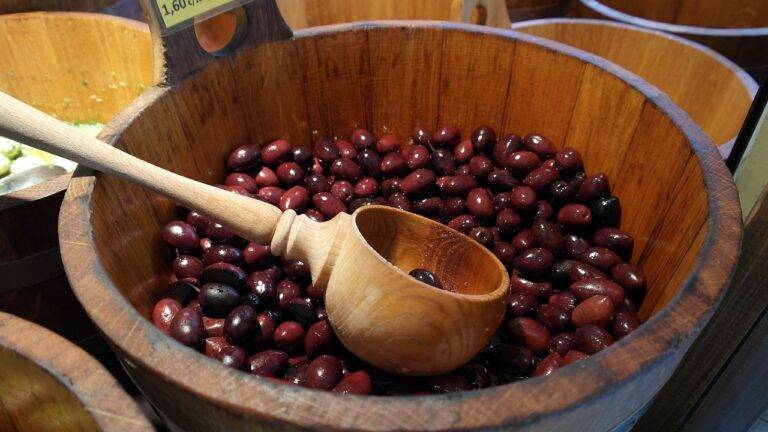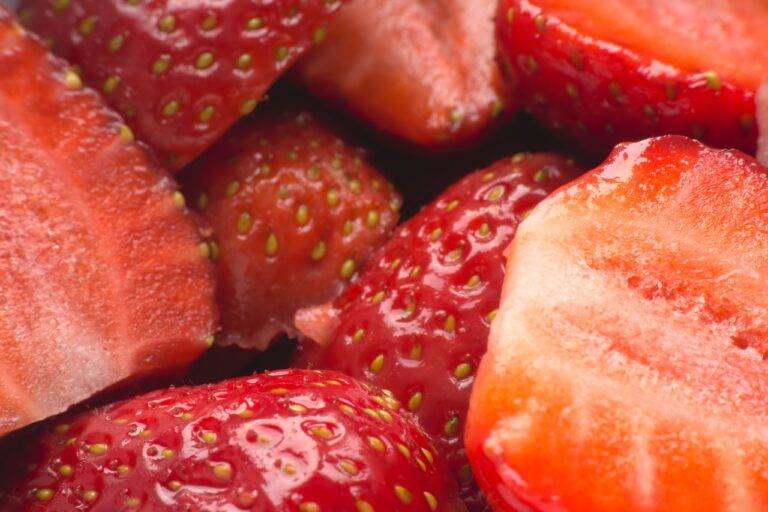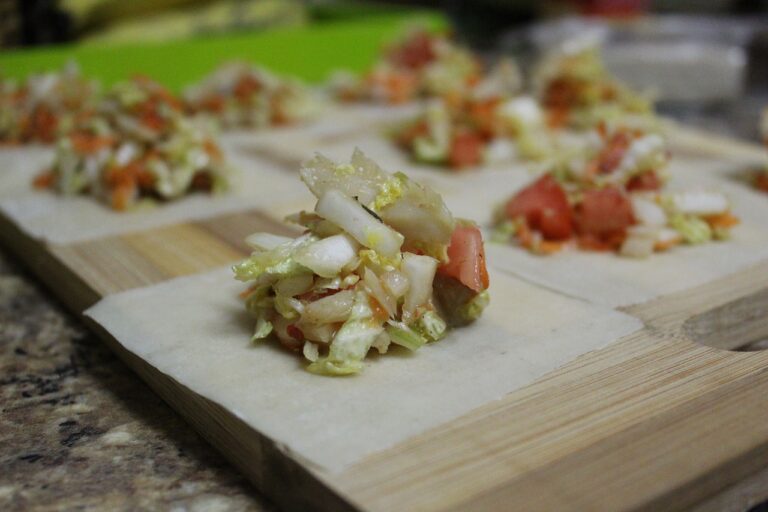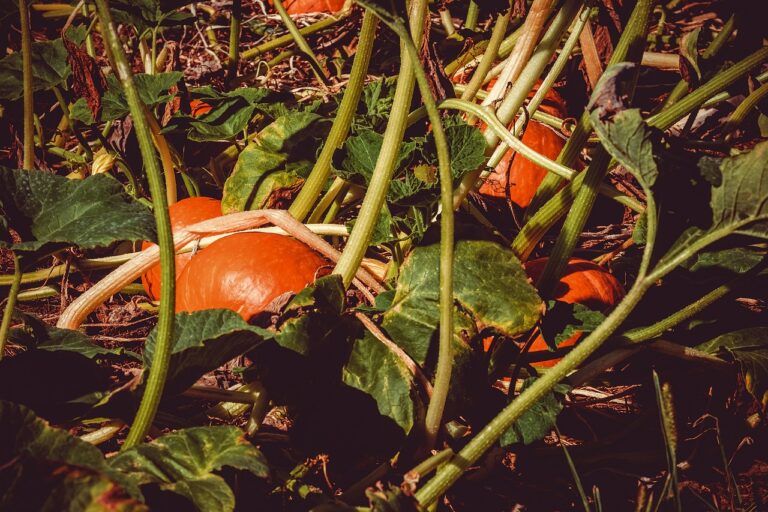Food Industry and Wildlife Conservation
The food industry poses significant challenges to wildlife worldwide, as its practices often lead to habitat destruction and fragmentation, affecting the natural habitats of countless species. Deforestation for agriculture, pollution from pesticides and fertilizers, and overfishing are all major contributors to the decline in wildlife populations. These activities disrupt the delicate ecological balance and threaten the survival of many species.
In addition to habitat loss, wildlife faces other threats from the food industry, such as poaching and illegal wildlife trade. As demand for exotic meats, traditional medicines, and animal products remains high, many species are hunted to the brink of extinction. Lack of enforcement of laws and regulations further exacerbates the situation, making it easier for poachers to exploit vulnerable wildlife populations.
Impact of deforestation and habitat destruction on wildlife
Deforestation and habitat destruction pose grave threats to wildlife across the globe. As trees are cleared to make way for agricultural expansion and urban development, countless species lose their homes and vital sources of food. The rapid destruction of forests disrupts entire ecosystems, leading to a decline in biodiversity and endangering the survival of many animal species.
Additionally, habitat destruction often forces wildlife to migrate to new areas in search of food and shelter, increasing the likelihood of human-wildlife conflicts. Animals may encroach on human settlements, resulting in clashes that threaten both human lives and wildlife populations. The loss of natural habitats also limits the available resources for wildlife, making it difficult for species to thrive and reproduce.
• Deforestation and habitat destruction lead to loss of homes and food sources for wildlife
• Rapid destruction of forests disrupts ecosystems and reduces biodiversity
• Wildlife forced to migrate due to habitat destruction increases human-wildlife conflicts
• Encroachment on human settlements can result in clashes endangering both humans and wildlife populations
• Loss of natural habitats limits resources for wildlife, hindering their ability to thrive and reproduce
Role of sustainable agriculture in wildlife conservation
Sustainable agriculture plays a crucial role in wildlife conservation by promoting practices that prioritize the well-being of both ecosystems and human populations. By implementing methods that minimize environmental degradation and prioritize biodiversity, sustainable agriculture helps to preserve the natural habitats of various species. This approach not only ensures the health and stability of wildlife populations but also contributes to long-term food security for communities.
Furthermore, sustainable agriculture practices such as agroforestry and integrated pest management help to create and maintain corridors for wildlife movement and migration. These practices enable species to move freely between habitats, preventing isolation and promoting genetic diversity within populations. By blending traditional knowledge with modern techniques, sustainable agriculture offers a promising solution to the challenges faced by wildlife in a rapidly changing world.
How do food industry practices impact wildlife?
Food industry practices such as intensive agriculture and use of pesticides can lead to habitat destruction and loss of biodiversity, affecting wildlife populations.
What are the consequences of deforestation on wildlife?
Deforestation results in loss of habitat for many species, leading to fragmentation of ecosystems and decline in wildlife populations.
How does sustainable agriculture help in wildlife conservation?
Sustainable agriculture practices focus on minimizing environmental impact, preserving natural habitats, and promoting biodiversity, which in turn supports healthy wildlife populations.
Can sustainable agriculture practices benefit both farmers and wildlife?
Yes, sustainable agriculture practices can lead to improved soil health, higher crop yields, and reduced reliance on harmful chemicals, benefitting both farmers and wildlife in the long run.
What role can individuals play in promoting sustainable agriculture for wildlife conservation?
Individuals can support sustainable farming practices by choosing to buy organic and locally sourced products, advocating for wildlife-friendly farming policies, and participating in community-supported agriculture programs.







